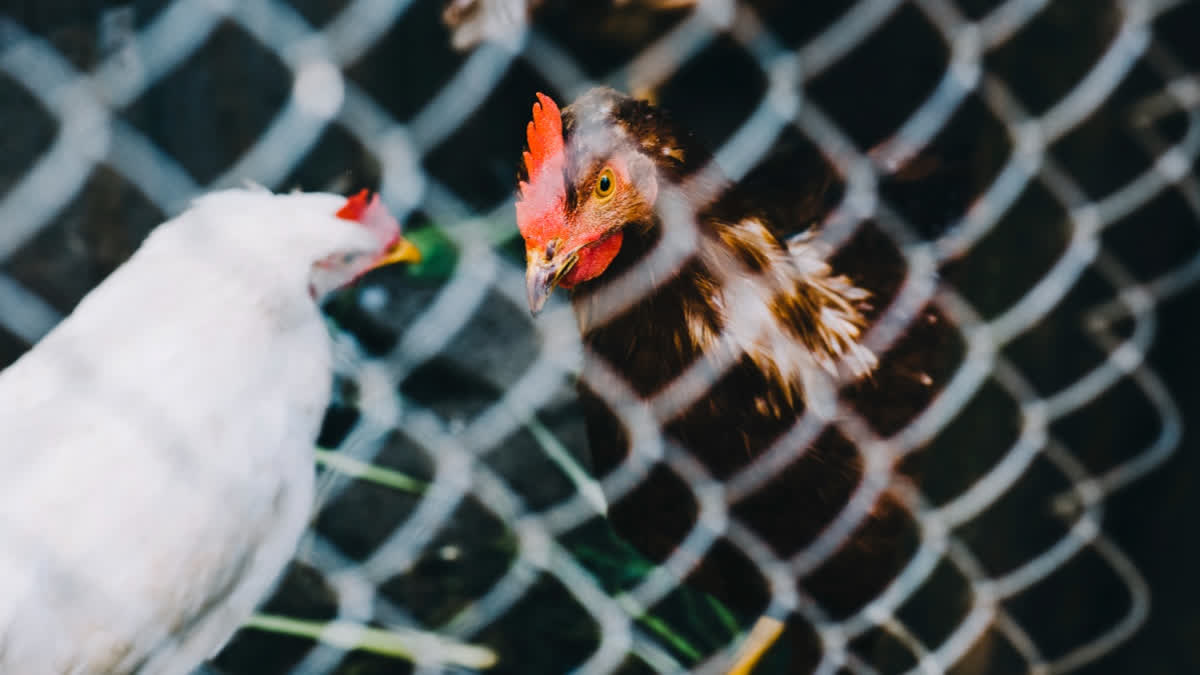A new strain of bird flu (identified as H5N1) has been detected in Louisiana. This discovery has brought global attention due to the strain's capability to infect birds and its theoretical possibility of affecting humans.
The U.S. Centers for Disease Control and Prevention (CDC) is closely monitoring the situation. While there is currently no evidence of human-to-human transmission of this strain, the CDC has heightened its surveillance efforts, given the potential for mutations.
A human case linked to this strain was reported in a poultry worker who had close contact with infected birds. According to the CDC, the individual experienced mild symptoms, including fatigue and eye irritation. The patient has since recovered fully after receiving treatment.
What Is The New Strain?
H5N1 is a highly pathogenic avian influenza (HPAI) virus known for its severe effects on bird populations. This strain spreads rapidly among poultry and wild birds, leading to mass deaths and significant economic losses. What makes it concerning is its potential to jump from birds to humans, especially through direct contact with infected birds, their droppings, or contaminated environments.
Why Is This a Global Concern?
Although there have been limited human cases, the virus’s ability to cause severe illness in people has drawn comparisons to previous pandemics. Health experts emphasize that even a single human case signals the need for robust surveillance.
“It has the potential to really harm a lot of people,” Angela Rasmussen, a virologist at the Vaccine and Infectious Disease Organization in Canada, told The New York Times.
“We should be very concerned at this point. Nobody should be hitting the panic button yet, but we should really be devoting a lot of resources into figuring out what’s going on,” said Dr. James Lawler, co-director of the University of Nebraska’s Global Center for Health Security, in the same report.
What Is Being Done?
The USDA and CDC are collaborating with local health departments in the U.S. to contain the outbreak. Efforts include:
Quarantining affected areas to prevent further spread.
Monitoring poultry farms and wild birds for signs of the virus.
Educating the public and poultry workers about hygiene practices to minimize exposure risks.
How To Protect Yourself
The best way to prevent H5 bird flu is to avoid exposure whenever possible, according to CDC guidelines. Infected birds shed avian influenza A viruses in their saliva, mucous, and faeces. Other infected animals may shed avian influenza A viruses in respiratory secretions and other bodily fluids (e.g., in unpasteurized cow milk or 'raw milk').
The CDC has published the following guidelines:
As a general precaution, whenever possible, people should avoid contact with sick or dead animals, in particular wild birds, and poultry.
For individuals with direct/close contact with wild birds or sick or dead poultry or other animals, wear recommended personal protective equipment (PPE). Wild birds can be infected with avian influenza A viruses even if they don't look sick.
Do not touch surfaces or materials (e.g., animal litter or bedding material) contaminated with saliva, mucous, or animal faeces from wild or domestic birds or other animals with confirmed or suspected avian influenza A virus infection.
Read more:



